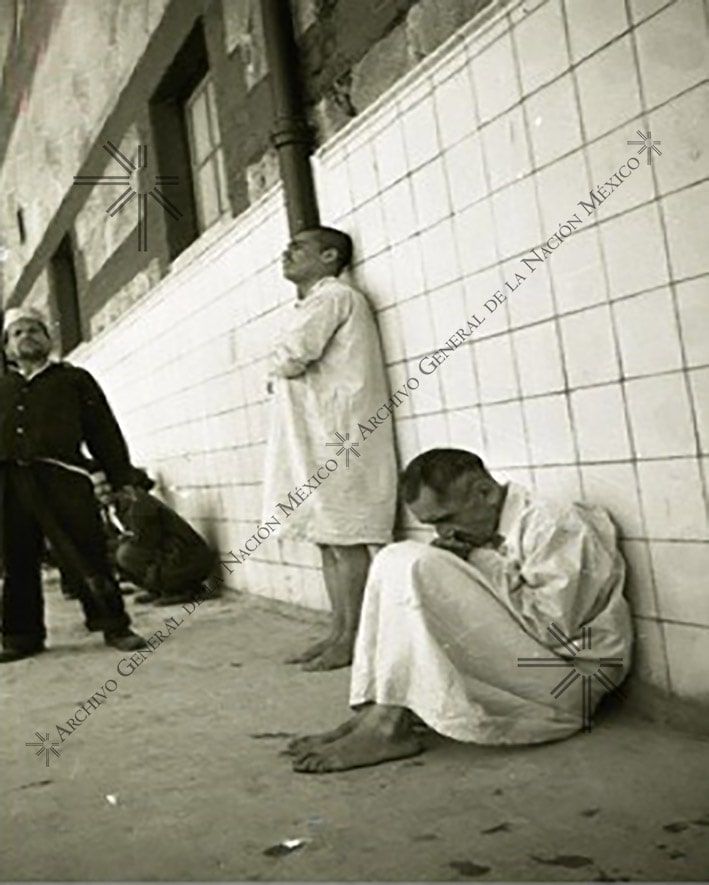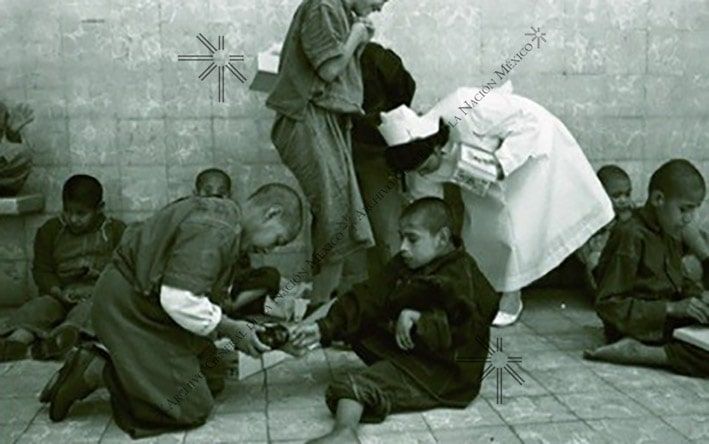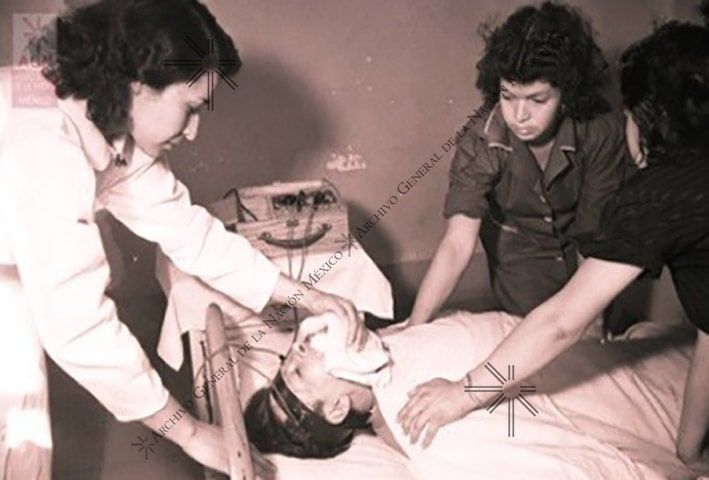A Brief History of the La Castañeda Insane Asylum in Mexico
Mexico's largest mental health facility, the La Castañeda General Asylum, became infamous for its inhumane treatment and deplorable conditions for its patients. The indignation led family members to escalate their petition to the highest levels to demand attention to their urgent needs.

In 1910, Porfirio Díaz inaugurated the La Castañeda General Asylum, the largest mental health center in Mexico; however, its fame rested on the inhumane treatment and deplorable conditions provided to its patients. The outrage led family members to escalate their petition to the highest levels to demand attention to their urgent needs.
Data from the Ministry of Health of the Federal Government estimate that around 15 million people are suffering from some mental disorder in Mexico, a situation that in recent years has led to various campaigns calling for better mental health care and adequate treatment. However, in previous centuries, the hospitals in charge of caring for the mentally ill enjoyed a terrible reputation due to their conditions and treatment of patients. One of them, and the most remembered, was the General Asylum of La Castañeda.
In Mexico City, there were two hospitals dedicated to the treatment of mental illnesses before the construction of La Castañeda. The first was the San Hipólito Hospital, also known as the "Plaza de los Locos", built at the beginning of the colonial period in the center of the city in the Plaza de San Fernando, which was the first psychiatric hospital in America. The second sanatorium, exclusively for women, was called "El Divino Salvador" and was popularly known as "La Canoa", because of the street where it was located (Canoa Street, currently Donceles), very close to the Iturbide Theater.
During the political and social conflicts of the 19th century, both buildings were used as barracks and military hospitals. For this reason, patients were sent to the presidios or simply left on the street without any treatment. With the rise to power of General Porfirio Díaz, the aspirations of modernity were also expressed in health care. Thus, in 1878 the Manicomio General project was presented, although the building was not inaugurated until 1910 by Diaz himself. From then on, it became the largest and most important psychiatric hospital in Mexico until the second half of the 20th century. It was built in what was formerly known as the town of Mixcoac on land that belonged to a pulque hacienda known precisely as La Castañeda.

This institution, like its predecessors, was given the nickname "The Palace of Madness". It housed a large number of patients with psychiatric problems and aggressive people regardless of sex, age, nationality, or religion. The aim was to correct each of their disorders to subsequently reintegrate them into society. As a secondary objective, it provided medical education through the participation of psychiatric clinics in its wards and generated internal processes of reflection, systematization, and communication through various means, including publications.

According to the institution's regulations, the patients were distributed in different sections. The pavilion of the distinguished received first-class patients with no distinction according to their ailments; the observation pavilion was for indigents and second-and third-class pensioners; a section was reserved for drug addicts; and the pavilion of the dangerous housed violent, agitated people and prisoners whose safety was difficult to guarantee. There were also wards for epileptics, "imbeciles" and infectious persons, into which prostitutes, homosexuals, and venereal patients were channeled.

In addition to the opinions about the psychiatric hospital, the fame of La Castañeda lies in the stories of mistreatment and injustice. Some of these cases can be seen in the documents sent by individuals to the Secretaría de Salubridad y Asistencia or to the Secretaría de Gobernación for bad practices, dubious treatment, and abuse of its inmates that the Archivo General de la Nación (AGN) keeps in the Presidential Archives collection.

Likewise, within the graphic collections of the AGN are images taken by the group of journalists whose work today forms the Hermanos Mayo collection, who captured some of the last and most recent testimonies of the characteristics of daily life in a building that, despite all the bad experiences that surrounded it until its closure in 1968, was a watershed for the development of psychiatric practice in Mexico.




